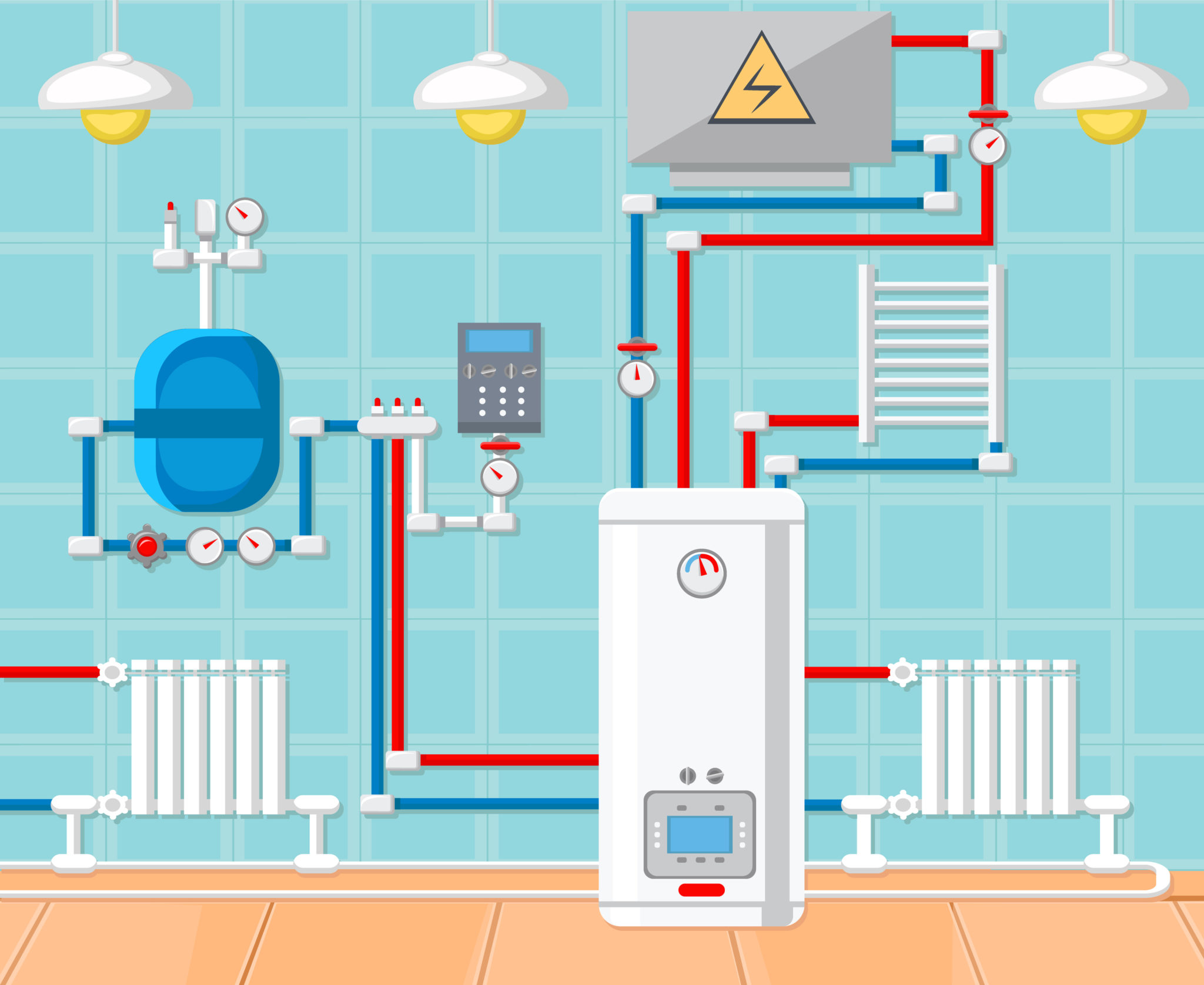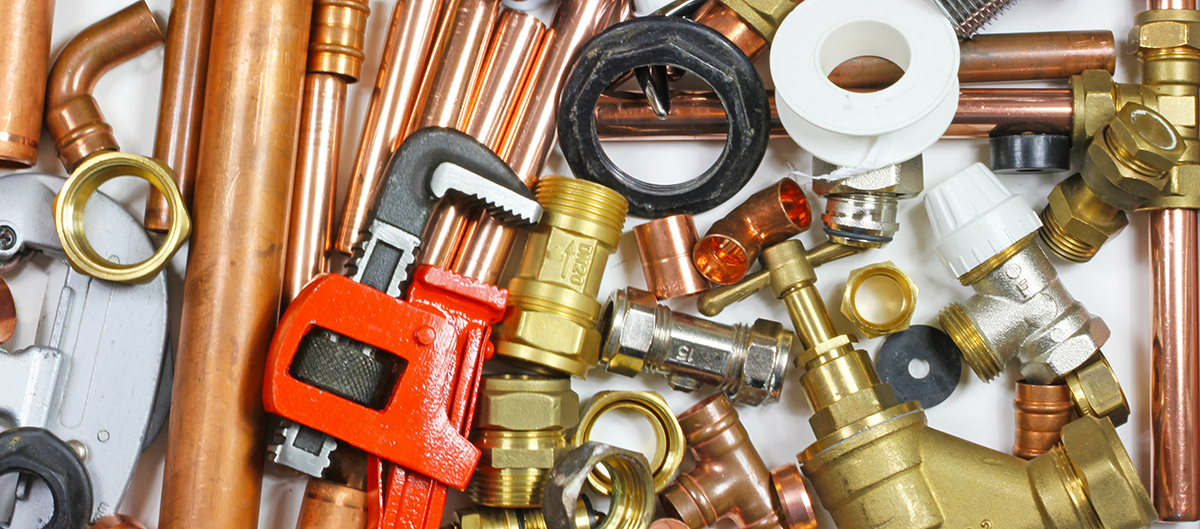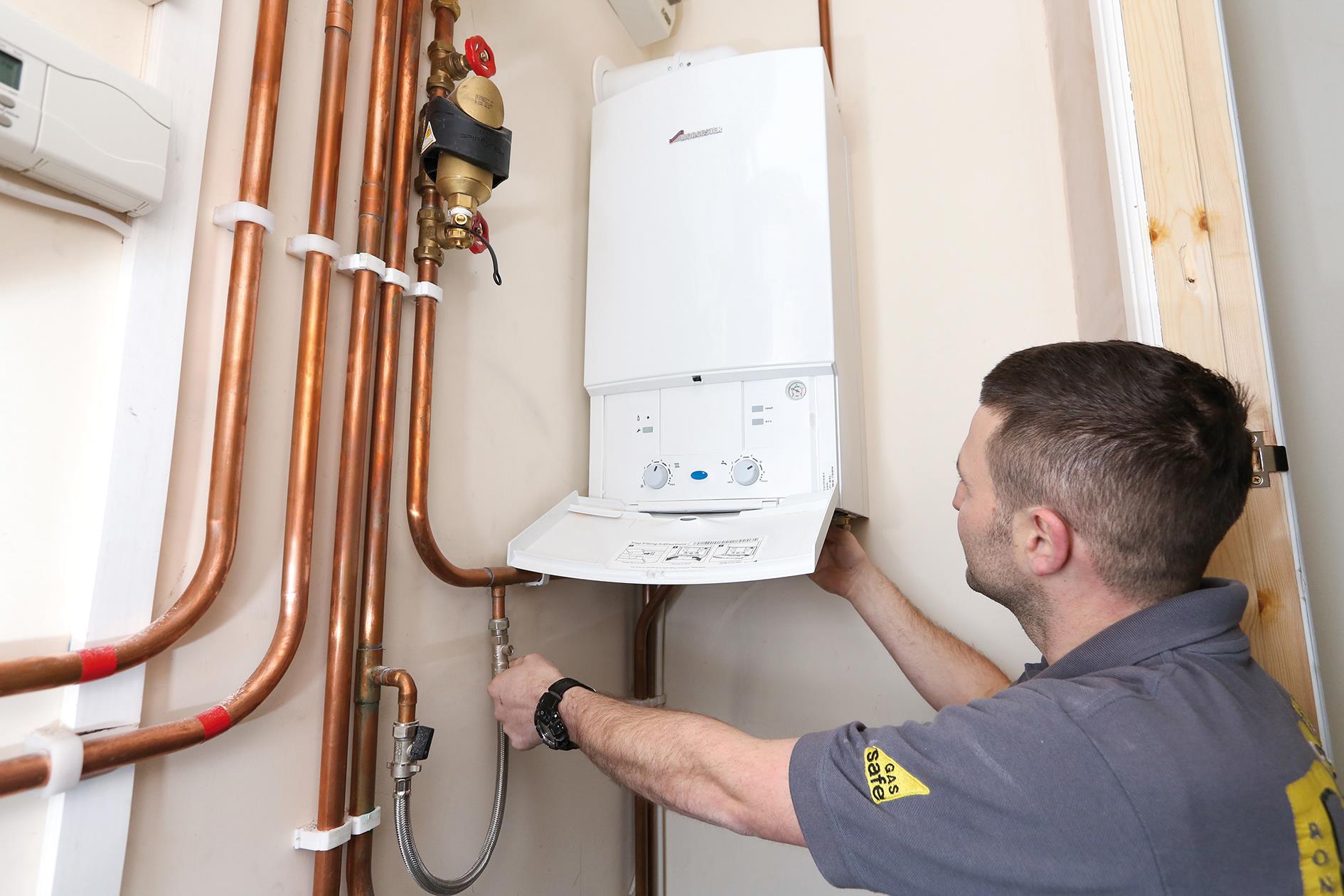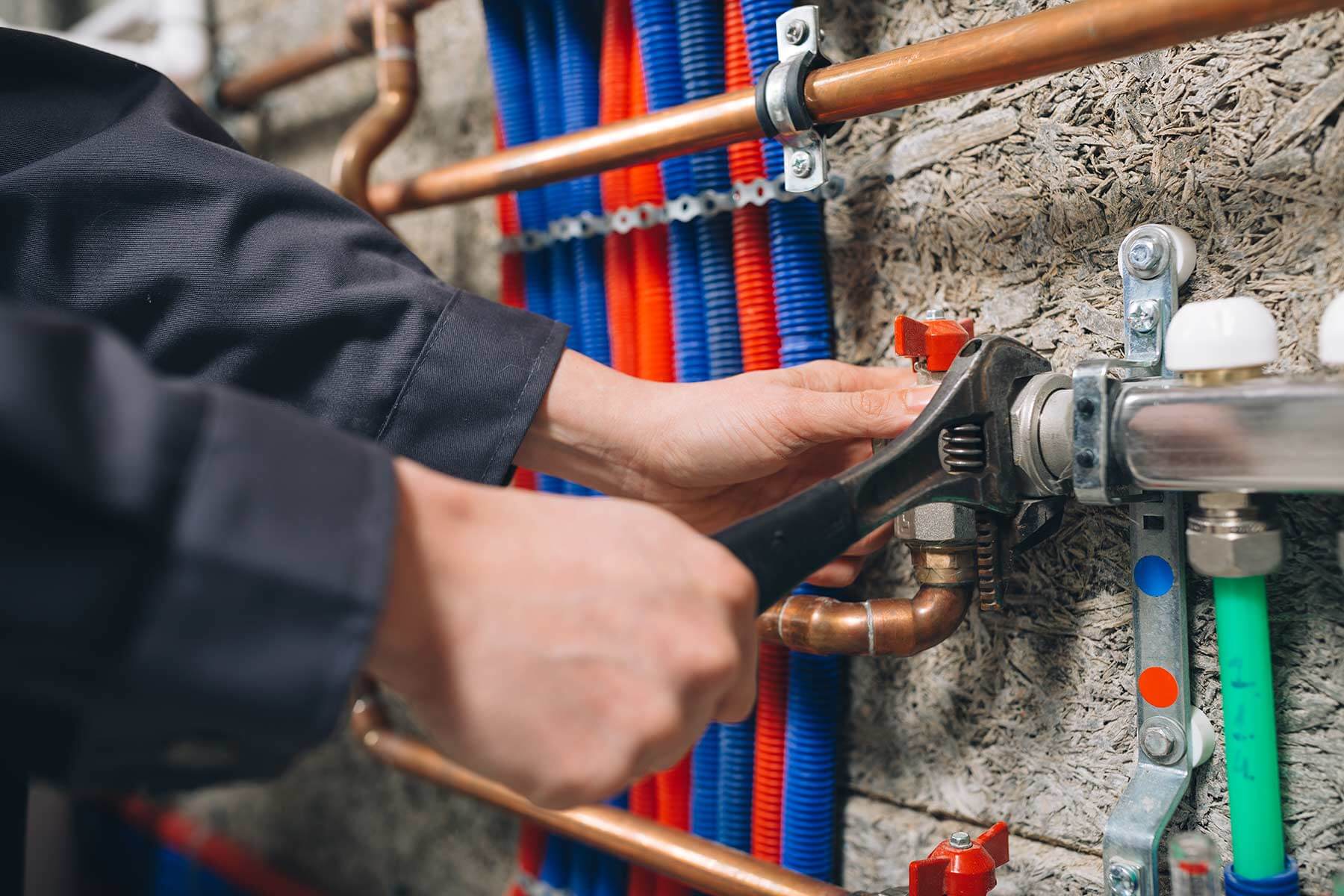Heating and plumbing supply encompasses the essential components that ensure the comfort, hygiene, and functionality of our homes and businesses. From efficient heating systems to reliable plumbing fixtures, this comprehensive guide delves into the intricacies of these vital systems, providing a wealth of knowledge for homeowners, contractors, and industry professionals alike.
Whether you’re embarking on a new construction project or seeking to upgrade your existing infrastructure, understanding the nuances of heating and plumbing supply is paramount. This guide will equip you with the necessary insights to make informed decisions, optimize system performance, and ensure a comfortable and sustainable living environment.
Heating Systems

Heating systems play a crucial role in maintaining comfortable indoor temperatures, especially during cold seasons. There are various types of heating systems available, each with its unique advantages and drawbacks. Understanding the different options can help homeowners and businesses make informed decisions when choosing the most suitable system for their specific needs.
Types of Heating Systems
Heating systems can be classified into two primary categories: central and decentralized. Central heating systems distribute heat from a single source, such as a furnace or boiler, throughout the building. Decentralized systems, on the other hand, generate heat in individual rooms or zones using devices like electric heaters or radiant panels.
Central Heating Systems
- Forced-Air Systems:Utilize a furnace or heat pump to heat air, which is then distributed through ducts and vents throughout the building. These systems are relatively efficient and can provide even heating.
- Hydronic Systems:Employ boilers to heat water, which is then circulated through pipes and radiators or baseboards to release heat into the rooms.
- Geothermal Systems:Harness the earth’s natural heat by circulating a fluid through underground pipes and using a heat pump to extract the heat and distribute it throughout the building.
Decentralized Heating Systems
- Electric Heaters:Convert electrical energy into heat using resistance coils or infrared radiation.
- Radiant Panels:Emit heat through electromagnetic waves, warming objects and surfaces rather than the air.
- Wood-Burning Stoves:Utilize wood as a fuel source to generate heat, which is released into the room.
Factors to Consider When Choosing a Heating System
The choice of a heating system depends on several factors, including:
- Building Size and Layout:Central systems are more suitable for larger buildings with multiple rooms, while decentralized systems may be more appropriate for smaller spaces or individual rooms.
- Climate:The severity of the cold weather and the duration of the heating season can influence the efficiency and cost-effectiveness of different systems.
- Energy Efficiency:The energy consumption and operating costs of the system should be considered, especially in areas with high energy prices.
- Maintenance and Repair Costs:Different systems have varying maintenance and repair requirements, which can affect the overall cost of ownership.
- Personal Preferences:Some individuals may prefer the warmth and ambiance of a wood-burning stove, while others may prefer the convenience and efficiency of a forced-air system.
By carefully considering these factors and consulting with qualified heating professionals, homeowners and businesses can select the heating system that best meets their specific requirements and provides optimal comfort and energy efficiency.
Plumbing Supplies

Plumbing supplies encompass a wide range of components essential for the installation, maintenance, and repair of plumbing systems in residential, commercial, and industrial settings. These supplies can be broadly categorized into fixtures, pipes, fittings, and valves, each playing a crucial role in the efficient distribution and control of water and waste.
To ensure the smooth functioning of plumbing systems, it is imperative to have a comprehensive understanding of the various plumbing supplies available and their specific applications. This knowledge enables plumbers and contractors to select the appropriate supplies for each project, ensuring optimal performance and longevity.
Bathroom Plumbing Supplies
Bathrooms require a specialized range of plumbing supplies to meet the specific needs of fixtures such as sinks, toilets, bathtubs, and showers. These supplies include:
- Faucets:Control the flow of water from sinks, bathtubs, and showers, available in various styles and finishes.
- Sink drains:Allow water to drain from sinks, preventing clogging and ensuring proper hygiene.
- Toilet bowls and tanks:Essential for waste disposal, available in different shapes, sizes, and flushing mechanisms.
- Bathtub drains and overflows:Prevent water from overflowing and facilitate drainage.
- Showerheads and valves:Provide a controlled and comfortable showering experience.
Installation and Maintenance: Heating And Plumbing Supply

Installing and maintaining heating and plumbing systems are crucial to ensure optimal performance, safety, and longevity. This involves a comprehensive process that includes planning, execution, and regular upkeep.
During installation, qualified technicians assess the property, determine the appropriate system design, and execute the installation according to industry standards and building codes. Proper sizing, placement, and connections are essential to ensure efficient operation and prevent potential issues.
Regular Maintenance
Regular maintenance is paramount to extend the lifespan of heating and plumbing systems and minimize the risk of breakdowns. A comprehensive maintenance schedule should include periodic inspections, cleaning, and tune-ups performed by certified professionals.
- Inspections:Visual inspections of key components, such as pipes, valves, and fixtures, help identify potential issues early on, allowing for prompt repairs and preventing more severe problems.
- Cleaning:Removing dirt, debris, and scale buildup from pipes, filters, and other components improves system efficiency and prevents clogs or blockages.
- Tune-ups:Comprehensive tune-ups involve adjusting settings, lubricating moving parts, and testing system performance to ensure optimal operation and prevent premature wear and tear.
Troubleshooting Common Problems, Heating and plumbing supply
Despite regular maintenance, heating and plumbing systems can encounter issues that require troubleshooting. Common problems include:
- Leaks:Water leaks can occur due to damaged pipes, loose connections, or worn-out seals. Prompt repairs are crucial to prevent water damage and mold growth.
- Clogs:Blockages in drains, pipes, or fixtures can lead to reduced water flow or complete stoppage. Clearing clogs using appropriate methods is essential to restore proper drainage.
- Noisy operation:Unusual noises, such as banging or whistling, can indicate issues with pumps, valves, or other components. Ignoring these noises can exacerbate the problem and lead to more significant repairs.
When troubleshooting heating and plumbing issues, it’s advisable to contact a qualified technician for professional diagnosis and repairs. Attempting DIY repairs without proper knowledge and experience can worsen the problem and compromise safety.
Energy Efficiency and Sustainability
In today’s environmentally conscious world, energy efficiency and sustainability have become paramount considerations in heating and plumbing systems. By adopting energy-efficient technologies and practices, we can reduce our environmental impact while lowering our energy bills.
Several key technologies and practices contribute to improved energy efficiency in heating and plumbing systems:
High-Efficiency Equipment
- Energy Star-rated appliances:These appliances meet strict energy efficiency standards, consuming significantly less energy than conventional models.
- Variable-speed pumps:These pumps adjust their speed based on demand, saving energy during periods of low usage.
- Tankless water heaters:These heaters provide hot water on demand, eliminating standby energy losses.
Insulation and Air Sealing
Proper insulation and air sealing prevent heat loss and reduce the need for excessive heating or cooling. This can be achieved through:
- Insulating pipes:Insulating hot water pipes prevents heat loss and reduces energy consumption.
- Sealing air leaks:Sealing cracks and gaps around windows, doors, and pipes prevents drafts and improves energy efficiency.
Sustainable Solutions
In addition to energy efficiency, sustainable heating and plumbing solutions minimize environmental impact:
- Solar water heaters:These heaters harness solar energy to heat water, reducing reliance on fossil fuels.
- Rainwater harvesting systems:These systems collect rainwater for non-potable uses, reducing water consumption and runoff.
- Low-flow fixtures:These fixtures use less water without sacrificing performance, conserving a precious resource.
Closing Notes

In conclusion, heating and plumbing supply plays a pivotal role in shaping our built environment, providing essential systems and fixtures that contribute to our well-being and quality of life. By embracing the principles of efficiency, sustainability, and proper maintenance, we can harness the full potential of these systems, ensuring a comfortable, healthy, and environmentally responsible living space for generations to come.
